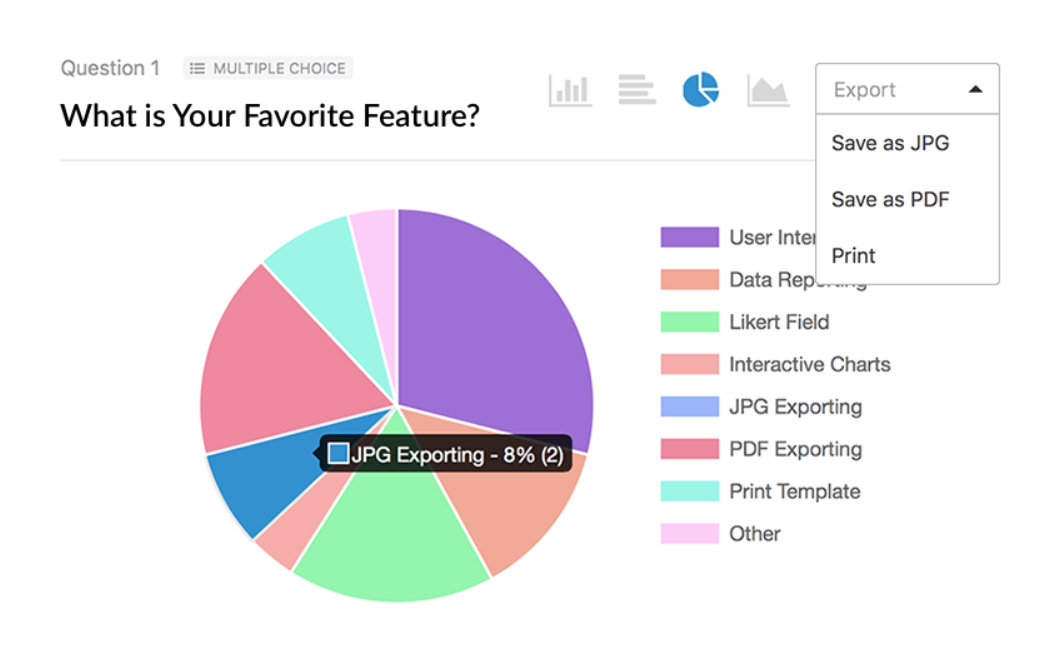Have you considered adding white papers to your marketing strategy? The term “white paper” has been around for a long time; originating in England as government-issued documents, many point to the Churchill White Paper in 1922 as one of the first examples.
But today, white papers are in-depth, research based reports or guides created by businesses to help their audience understand an issue, solve a problem, or make a decision. So, a well-written white paper has the ability to build your authority in your industry, generate leads, and even boost sales.
While you may think that white papers aren’t the most exciting content, they’re still effective. Plus, with a few tips, you can turn your boring white paper into something your audience will love to read and drives them to take action.
Here’s how to write an awesome white paper that generates sales.
Set a goal for your white paper.
The first step to an effective white paper, is to create your white paper with one main goal in mind. Setting a goal for your white paper will help keep the content focused and make it easier to achieve the results you’re looking for.
Some common goals for white papers include:
- Generate leads
- Nurture leads
- Thought leadership
- Generate sales
Choose a goal for your white paper and then choose a topic that will help you reach that goal. For instance, if your goal is thought leadership, a white paper about the state of your industry would be a good choice. If your goal is lead generation, choose a topic that will help solve the pain points of your target audience and tie it in with your products/services.
Don’t make it a sales pitch.
If your goal is to generate sales with your white paper, you might be tempted to pack it with sales pitches for your product/service, but don’t. Your white papers should never be too salesy — it will only turn readers off. Instead, focus on helping your readers learn more about a topic or solve a problem.
According to statistics, 71% of B2B buyers have used white papers in the last 12 months to research purchasing decisions. So, if you can impress readers with your expertise and provide actionable solutions to their problems, they’ll naturally be more likely to check out what you have to offer.
Do your own original research.
In your white papers, you should always back up your claims with statistics and credible research. So, check out scholarly work, industry research reports, and government websites for instance. But, don’t forget that you can do your own original research as well. Your original research will be especially powerful for your target audience because it’s information your competitors don’t have.
Creating original research doesn’t have to be difficult or expensive either. For instance, you can create a survey for your existing customers to find out their needs, goals, pain points, and information that your readers can use and relate to.
By adding your own original research to your white papers, you can establish your business as an authoritative leader in your industry. Plus, you can learn how to create better products and offer a better customer experience to your existing customers at the same time.
Add eye-catching visuals.
When many people think of white papers, they think of boring, uninteresting text-heavy reports. So, if you want your white paper to be engaging to readers, you need to make it interesting. You can do this by adding eye-catching visuals to your white paper. Including visuals such as graphs, charts, and images will make your white paper more readable.
Aside from adding visuals within your white paper, you should also create a cover design. An eye-catching cover design like in the example below, is what will encourage your audience to open up your white paper in the first place.
Don’t have any design skills? Don’t worry, you can easily create a cover page for your white paper using a free tool like Canva.
Don’t forget to add a CTA.
Of course, after reading your white paper, you’ll want people to keep engaging with you, whether it’s heading to your website, joining your email list, trying a free demo, making a purchase, and so on. But, if readers don’t know what to do next, they’re less likely to take your desired action — they’re not mind-readers after all. Which is why adding a CTA (call to action) to your white paper is so important.
Adding a clear CTA at the end of your white paper will let readers know what to do next. So, if you want your white paper readers to sign up for a free trial, just ask them to and provide a link! According to a study from HubSpot, they found that anchor text CTAs increased conversion rates by 121%.
Over to you.
With these tips, you’ll be able to create engaging white papers that are able to turn readers into customers. Don’t forget to promote your white paper so that it’ll be read by as many people as possible. Create a landing page for it, share it on social media, and give it out at conferences and webinars. The more you promote your white paper, the more results you’ll see.

